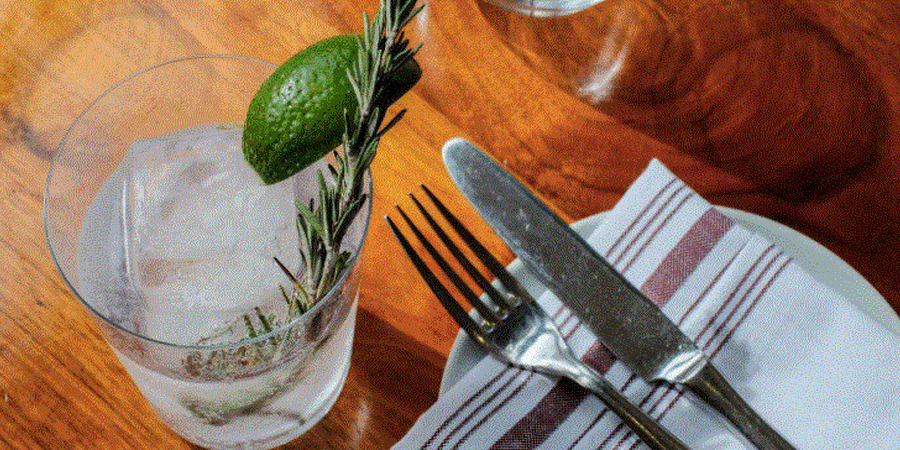Philadelphia, PA - Gin is traditionally made with neutral grain- or sugar-based spirit as its base, then enhanced with juniper berries to create its characteristic piney-woody flavor. Gin makers can steep botanicals in ethanol before distilling or use aroma baskets in their still to infuse steam with flavors to flavor their alcohol - this method is known as a pot still distillation.
Distillation
Gin begins as alcohol that's generally tasteless until botanicals are added. It follows EU regulations that state this can come from grain-based spirits or those produced by distilling cane juice or molasses (like Rum).
Distillers use heat to separate the ethanol from botanicals, leaving behind a condensed liquid packaged and labeled for labeling.
Steeping (or maceration) is the preferred method for crafting gin. Here, herbs, flowers, and spices (such as juniper) are combined with neutral ethanol before being left to steep for a varying period that varies by producer - Hendrick's Gin is famous for this production method, creating its delicate yet fruity flavors. After being steeped, the liquid undergoes distillation which turns liquid to vapor and then back into the drink; any foreshots released from the still can either be discarded or set aside for later re-distillation to create new drink batches!
Botanicals
Gin is typically made with neutral spirits of agricultural origin that have been enhanced with botanical ingredients from different parts of nature, such as fruits (especially citrus peels), herbs like rosemary and thyme, flowers like lavender or chamomile, spices such as pepper or cardamom as well as roots such as angelica root or orris root.
These elements are added during distillation by steeping them in an alcohol base or placing them in baskets above the spirit, allowing the steam from distillation to infuse them with flavor. Once harvested, this liquid containing botanicals can either be separated from pure alcohol and used as the basis for gin production or reduced further with water until an end product emerges.
Juniper berries are essential components of gin, providing its distinctive piney, woody aroma. Distillers may also use other botanicals to add different nuances; Hendrick's uses orris root, licorice root, coriander seeds, cubeb pepper, and lemon peel in their recipe.
Finishing Touches
Distillers often combine dried, prepared grains - typically flaked maize and wheat malt - with water and heat/stir them until all components have been thoroughly mixed (this process is known as mashing) before storing them for fermentation to produce a simple alcohol base called ethanol.
Gin is created using an alcohol base mixed with botanicals such as those found in plants such as those used for steeping or vapor infusion. There are various methods available for creating the beverage we know and love!
Steeping (maceration) involves placing botanicals and ethanol into a container and leaving them to steep for at least 48 hours, depending on your goals for the gin maker.
Vapor infusion is similar to steeping, except that botanicals aren't immersed in ethanol - instead, they're placed above it on trays, and the rising vapor extracts their flavor when heated - Bombay Sapphire and other gin brands employ this method.
Varieties
Distillers produce their gin in various ways. Some employ cold compounding methods whereby fruits, herbs, and spices are mixed into neutral base spirits before being left to infuse for an extended period. Hendrick's, on the other hand, prefers hot distillation methods, which involve distilling alcohol mixed with botanicals together into an alcohol base spirit.
The process can either occur in a pot or a column. After the ethanol evaporates, any remaining liquid is collected to be filtered through filters or mixed with water before being packaged for sale.
Some gins are produced using grain or potato bases, while others are created from fruit-based spirits such as grapes. Other distillers employ a technique called steeping or vapor infusion to add flavor. This involves suspending a basket filled with botanicals above a still and allowing hot ethanol vapors to pass through, infusing botanical oils into their final product through steeping. Distillers decide the duration of this step depending on the desired flavor intensity.


